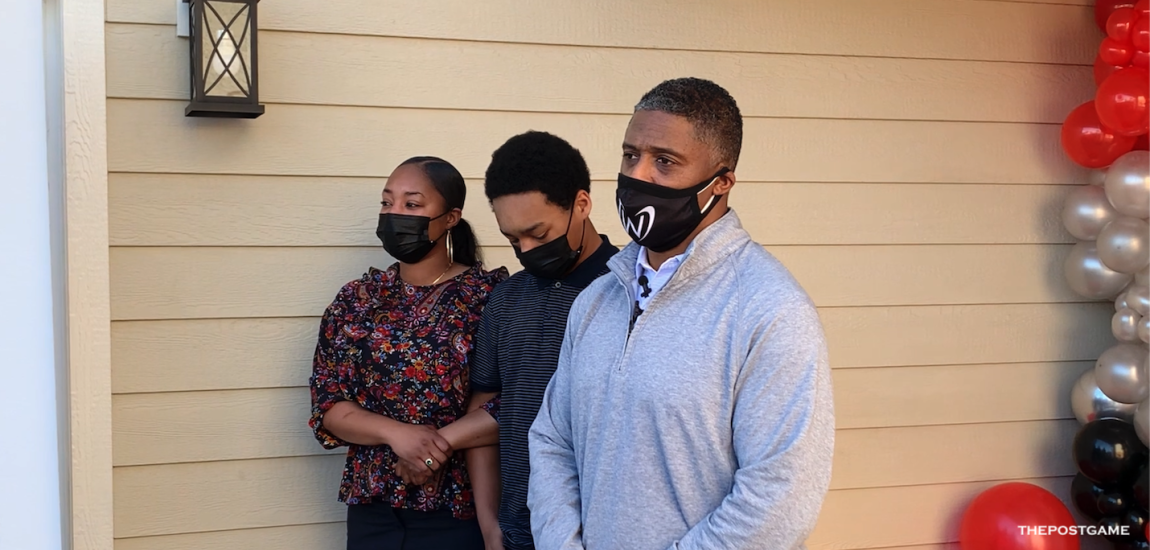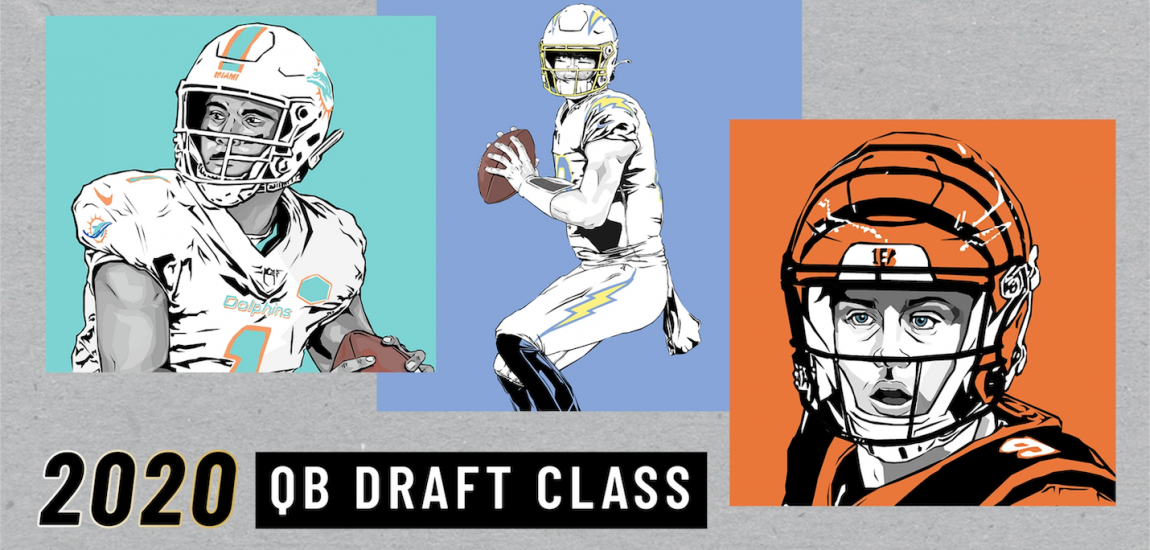With NFL teams having the largest rosters of any of the four major North American sports, it figures that the composition of these clubs changes rapidly.
And it's not just the backups or special teamers who are coming and going. According to a new study done by Jimmy Kempski of Philly.com, the majority of players who started the last game of 2011 did not start the last game of 2013 for that same team.
In a telling look at just how fleeting an NFL opportunity can be, Kempski found that only 33.5 percent of the players could make that claim. A player could be traded or have signed with a new team, sidelined with injury or even out of the league.

It appears that stability pays off, as the past two Super Bowl champions each retained 10 out of 22 starters. The San Francisco 49ers, who have been in the NFC championship game each of the past three years, led the league with 15 of the same starters.
But the 49ers, Ravens and Seahawks were joined in the top 10 by the Jets and the Redskins, who combined for a total of one playoff berth in the three-year period of the study.
As previous research has shown, stability normally pays off, but it is obviously not a sure thing.
Kempski uses this instability to argue for drafting based on overall talent rather than current need. "...[B]y the time young players are in the NFL for 3 years and ideally they've developed into good starters, the roster is often going to look nothing like the way it did when those players were drafted, and you may have passed on a better player who plays a position that is a need in 2016, but wasn't in 2014."
To check out the entire list of NFL teams and how their rosters have changed over time, see here.




